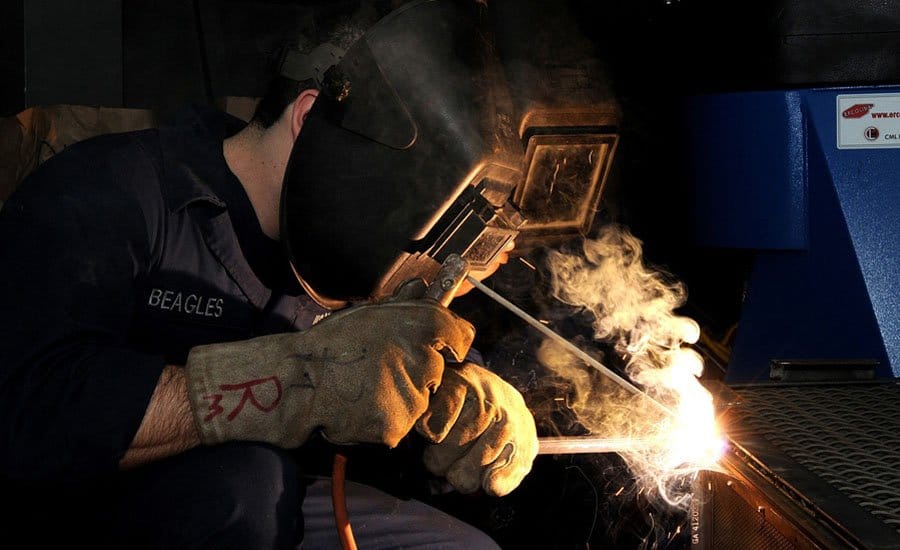Workers Compensation Lawyers Discuss the Causes of Workplace Eye Injuries

Of all the parts of the human body, the eyes are the most vulnerable. A few sparks or flying debris impacting the eye can have life changing consequences. At the same time, eye injuries are among the most preventable. Prevention amounts to taking a few seconds to put on the appropriate eye protection. While eye injuries may occur because an employer fails to provide adequate protection, many injuries happen because of a failure on the part of employees to simply wear their eye protection.
Eye injuries have a variety of causes. These include the following:
Mechanical Trauma
High-speed fragments of metal, rock, concrete, wood, and other materials can scratch, cut, or puncture the unprotected eye. These fragments are propelled by power tools such as drills, saws, and cutting wheels, or by machine tools such as high-speed lathes and grinding wheels.
High-speed particles propelled by compressed air are yet another source of injury. In some industries such as cement manufacture, abrasive powders are conveyed in pressurized pipes. Sometimes pressurized powders spray out from these pipes through worn gaskets. Even simple tools such as a hammer and chisel can cause air-borne projectiles.
Workers exposed to this type of injury should at minimum wear safety glasses with side shields. The glasses should be constructed from a material with sufficient impact strength such as polycarbonate.
Chemical Burns
Industrial chemicals and cleaning agents can cause serious injury to the eye. Liquid and powdered chemicals can be splashed on the eyes. Safety glasses used for mechanical trauma are inadequate against chemical burns because they don’t form a seal around the eyes to prevent a chemical splash to the face from dripping into the eyes. Depending on the chemical, goggles or face shields should be used. In addition, there should be an emergency eye wash station nearby.
Light Radiation
UV light from welding is the most common radiation eye hazard in construction and industrial environments. Keeping the eyes safe from the intense UV radiation requires specialized eye and face protection. Workers within visual range of welding activity and bystanders must wear safety glasses that block UV radiation. In addition, work screens erected around the welding operation will also protect nearby people. Fiber optics and lasers are other sources of eye damaging light radiation.
Thermal Burns
Metal working commonly produces hot airborne projectiles. For example, hot sparks are part and parcel in foundries in which molten metals are poured into molds. Cutting torches spray molten bits of metal into the air, and diamond tipped circular blades used for cutting metal eject hot sparks. Eye and/or face protection will depend on the operation and tools used.
The manufacturing and construction sectors of the U.S. economy employ millions of workers who are exposed to the above hazards daily. With these numbers, mistakes and therefore eye injuries will happen. Unfortunately, insurers and employers may try to deny or reduce workers’ compensation claims.
If you have suffered a work related injury and are having trouble obtaining your full workers’ compensation benefits, seek legal help from the experienced workers compensation lawyers at Frekhtman & Associates. Contact us today for a free case evaluation.



